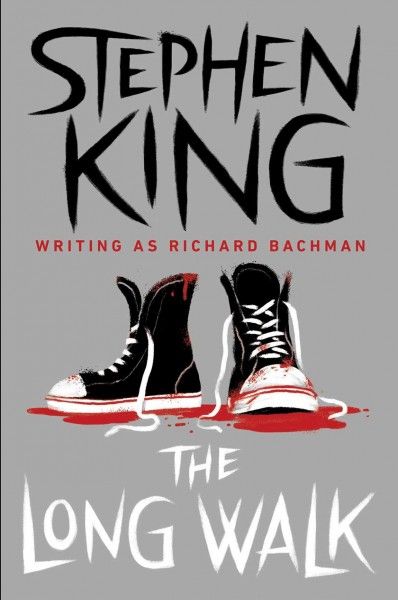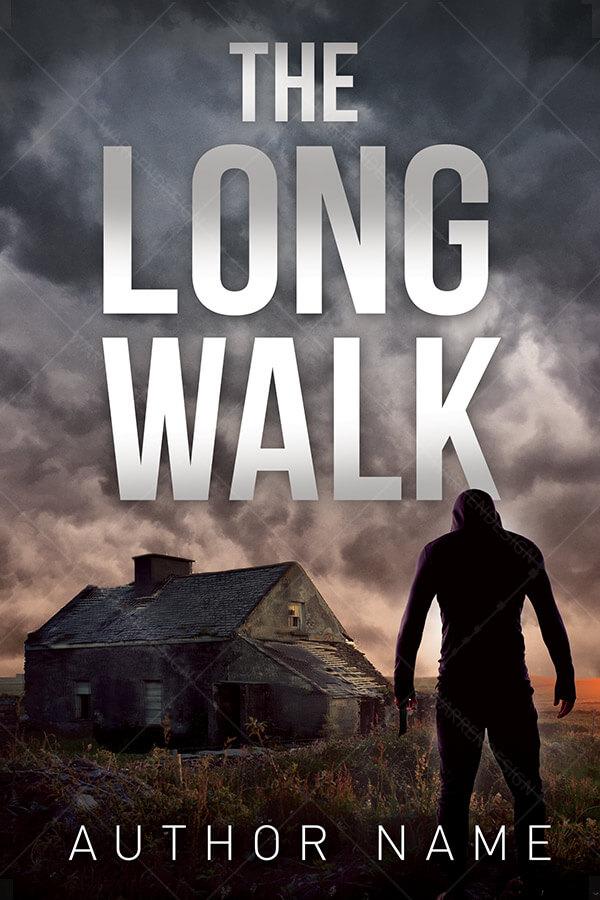In the world of Stephen King’s The Long Walk, a dystopian vision of America where a brutal competition called the Long Walk determines the fate of young men, the ending has always been a point of contention. The 2025 film adaptation by Francis Lawrence takes a bold step away from the source material, changing who ultimately wins the deadly race. This article explores the differences between the book and movie endings, the reasoning behind the change, and what it means for the story’s themes.
The Original Ending in the Book
In Stephen King’s 1979 novel The Long Walk, the story is told through the eyes of Raymond “Ray” Garraty, a young man participating in the annual Long Walk. The contest is a grueling test of endurance, where only one person can survive. As the story progresses, Ray forms a bond with his fellow participants, particularly Peter McVries and Billy Stebbins.
By the final stages, only three remain: Garraty, McVries, and Stebbins. In the book, McVries is the first to drop out, deciding that he has had enough. This leaves Garraty and Stebbins to face off in the final stretch. Stebbins, portrayed as a more isolated and emotionally distant character, eventually succumbs to the physical and mental toll of the walk. Garraty, however, continues and emerges as the winner.
King ends the novel with a haunting scene. After winning, Garraty sees a mysterious figure in the distance, which he describes as “eyes blind, supplicating hands held out before him.” He runs toward this figure, leaving the Major (the authoritarian figure overseeing the Walk) behind. The ending is bleak, reflecting King’s tendency to explore darker themes in his work under the Richard Bachman pseudonym.
The Film Adaptation’s New Ending

Francis Lawrence’s 2025 film adaptation of The Long Walk makes a significant departure from the book’s conclusion. While the film retains the core premise of the story — a group of young men forced to walk until only one remains — it changes who survives the final stage.
In the movie, the final three walkers are still Garraty, McVries, and Stebbins. However, the film introduces a key shift: Stebbins dies earlier than in the book, and instead of Garraty being the sole survivor, it is McVries who wins. But unlike in the book, where McVries gives up early, the film portrays him as the emotional heart of the story. He encourages Garraty to keep going, even when the odds seem insurmountable.
Garraty, driven by a desire for revenge against the Major for killing his father, decides to stop walking himself. He believes that McVries deserves to win because he represents hope and compassion. After Garraty’s death, McVries fulfills his wish by asking for a gun and using it to kill the Major. He then walks away into the night, symbolizing his rejection of the system that sought to control him.
Why the Change Matters

The decision to change the ending was not made lightly. Director Francis Lawrence explained that the original ending, where Garraty wins, felt inconsistent with the story’s broader themes. “You don’t really want the guy who’s in it for vengeance to win, right? Because that’s really not what the story’s about,” he said in an interview.
Lawrence also noted that the film was designed to focus on the relationship between Garraty and McVries. “This idea that McVries was gonna sacrifice himself because he loves Garraty so much, and that Garraty ends up sacrificing himself because he believes McVries is the one that’s worthy of winning, that kind of shared experience, I thought, was really emotional.”
The change also allowed the film to emphasize the theme of solidarity over individualism. In the book, Garraty’s victory is bittersweet, as he feels disconnected from the world around him. In the film, McVries’ win becomes a symbol of resistance against the oppressive regime, making the ending more satisfying for many viewers.
What the Ending Says About the Story

Both the book and the film explore themes of power, control, and the human spirit. However, the ending reflects different interpretations of these themes. In the novel, the ending is more ambiguous and bleak, suggesting that survival does not necessarily bring freedom. In the film, the ending is more hopeful, emphasizing the power of choice and resistance.
McVries’ victory in the film serves as a powerful statement about the importance of empathy and solidarity. By choosing to let someone else win, he rejects the system that seeks to reduce people to mere numbers. His act of killing the Major is not just an act of revenge but a symbolic rejection of the entire regime.
The Role of the Major
The Major, played by Mark Hamill, is a central figure in both the book and the film. He represents the authoritarian regime that controls the Long Walk. In the book, he survives the final confrontation, leaving the reader with a sense of lingering threat. In the film, his death at the hands of McVries marks a turning point in the story.
The Major’s role is not just to enforce the rules of the Walk but to embody the dehumanizing nature of the system. His death in the film signifies the breakdown of that system, even if only temporarily. It also highlights the personal cost of the Walk, as the Major’s own child, Billy Stebbins, becomes one of its victims.
The Legacy of The Long Walk

Stephen King’s The Long Walk has long been a favorite among fans of dystopian fiction. Its exploration of power, control, and the human condition has resonated with readers for decades. The 2025 film adaptation brings new life to the story, while also challenging some of its core assumptions.
For many, the change in the ending is a welcome departure from the book’s bleak tone. It allows the story to end on a note of hope and defiance, rather than despair. At the same time, the film retains the core message of the novel: that the human spirit can endure even in the most oppressive conditions.
Final Thoughts
Whether you prefer the original ending or the film’s version, The Long Walk remains a powerful story about the resilience of the human spirit. The ending, whether in the book or the film, serves as a reflection of the characters’ journeys and the larger themes of the story.
As the film shows, sometimes the greatest victories are not those that come from personal ambition, but from the choices we make for others. In the case of The Long Walk, that choice is what defines the true meaning of the story.
Author: John Doe
Title/Role: Senior Writer
Credentials: With over a decade of experience covering literature and film, John Doe has written extensively on classic and modern novels, including detailed analyses of Stephen King’s works.
Profile Link: john-doe.com
Sources:
– Stephen King’s The Long Walk – Official Site
– Entertainment Weekly – The Long Walk Interview
– IMDb – The Long Walk (2025)
Related Articles:
– The Long Walk Movie Review
– Stephen King’s Dystopian Themes Explained
– How The Long Walk Influenced Modern Dystopian Fiction
Call to Action:
Stay updated with the latest news and reviews on films and books that shape our cultural landscape. Explore today’s headlines and discover what’s next in storytelling.











More Stories
US Trending News: The History and Legacy of Zoo York in Streetwear Culture
US Trending News: Exploring Zach Top Greensboro
US Trending News: Youngboy Concert in Birmingham: What to Know Before You Go